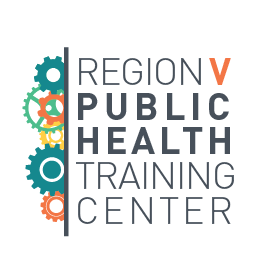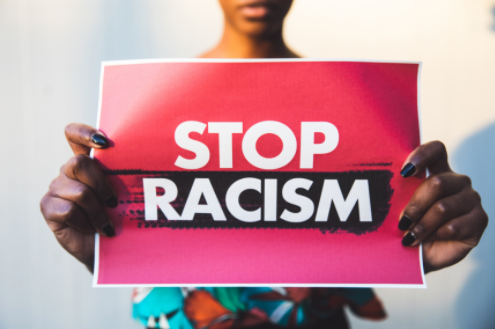I have to admit, I procrastinated writing this blog post because I didn’t quite know where to start. As someone who has both experienced racism at various levels and who has also benefited from structures rooted in racism, I was anxious to write about such an important, albeit heavy, topic.
I shared my apprehension about writing the post with my wife and mother-in-law while standing at the kitchen counter over an assortment of leftovers. As we took turns microwaving our lunch, I explained that while it’s now well known in the field of public health that structural racism is a public health issue, it hasn’t always been accepted as fact and so much more needs to be done beyond declaring the obvious.
Racism is a public health issue … once this is declared,
what comes next? Where do we even start?
Since the murder of George Floyd in April 2020 and the national social justice upheaval that has followed, hundreds of city, county, and state governmental entities have formally declared racism as a public health issue. As of August 2021, 209 declarations have been passed by 37 states and have been adopted by hundreds of city/town councils, county boards, governor/mayoral statements, education boards (e.g., school boards), health associations, and public health departments (APHA). These declarations are backed by a great body of data (a select few are here). But once a declaration has been made, what happens after? Just as there are a myriad of ways racism appears in policies and practices among the organizations, institutions, and systems in which we live, work, and play, there is great variation in what comes (or doesn’t come) next.
If you think about it, race isn’t really a social determinant of health, but racism is.
Many organizations and agencies have followed these formal declarations with plans to address racism across all levels that will ultimately improve population health outcomes and quality of life. Public health practitioners, especially those in governmental public health, know they need to take steps to assess and address structural racism through policy and practice but that isn’t always a simple next step. The Region V Public Health Training Center (RVPHTC) conducted a qualitative training needs assessment in 2021, hearing from those in public health practice and workforce development that strategic action, along with adequate training and resources, are needed for practitioners to feel equipped to make an impact.
Before one can address racism at an organizational level, for example, it’s vital to first assess the situation. And to do that, the RVPHTC has been working with a group of partners to develop a resource library of racial equity assessments since the summer of 2021. The group plans to launch this resource library on the RVPHTC website this spring.
In addition to these efforts, the RVPHTC has been involved with the Public Health Learning Network’s racial justice workgroup, which is in the process of developing a Racial Justice Competency Model for Public Health Professionals (RCJM). The workgroup has met since the summer of 2021 to create the competency model, aiming to help educate public health practitioners on health equity and racial justice principles and guide people in putting anti-racism principles into practice. The RJCM aligns with the 10 Essential Services of Public Health and is a framework that we hope will strengthen efforts to actively address racism at both the individual and organizational levels. The workgroup is currently revising the model and plans to pilot it with practitioners soon.
Although getting started in this work can be overwhelming and hard, it’s necessary to struggle through the challenges and discomfort in order to dismantle structural racism and achieve racial equity. While I’m hopeful the efforts I’m involved in through my work at the RVPHTC will help move the needle, I’m realistic that this work is just a drop in the bucket. Regardless, I’m moving forward with an open mind and heart to reflect on how I can be a better accomplice to embodying anti-racism into both my public health practice and daily life. I hope through future interactions, whether with colleagues on a Zoom call or with family at the kitchen counter, we can continue to brainstorm how else we can move from conversation to action.
Looking for more? Start with these related resources:
- Health Equity & Racial Justice in Public Health program
- Racism in Public Health podcast series (3 episodes)
- Prison Abolition as a Route to Health Equity – PHSAD Conference 2021 Keynote
Cover Image Source: Canva

